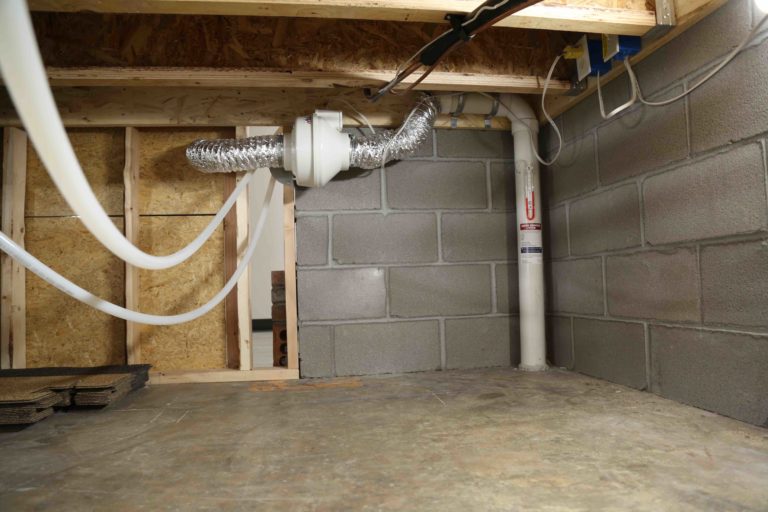About Radon, Knowledge
Mitigation Strategies for High Radon Levels
Mitigation Strategies for High Radon Levels
Radon, a naturally occurring radioactive gas, is the second leading cause of lung cancer after smoking, according to the Environmental Protection Agency (EPA). It originates from the decay of uranium in soil and can infiltrate homes through cracks in floors, walls, and foundations, accumulating to dangerous levels. Given its colorless, odorless nature, radon detection requires specialized detectors. Once detected, mitigating high radon levels is crucial to protecting health. This article explores effective strategies for reducing radon concentrations in buildings.
1. Sealing Entry Points
One of the initial steps in radon mitigation is to seal cracks and openings in the foundation and walls of a building. While sealing alone often cannot reduce radon levels significantly, it is a critical component of more comprehensive mitigation strategies. Sealants can be applied to gaps in concrete slabs, walls, and around service pipes.
2. Sub-Slab Depressurization (SSD) Systems
The most effective and widely used radon mitigation method is the installation of a sub-slab depressurization system. This involves drilling a hole in the foundation slab and inserting a pipe connected to an exhaust fan. The fan sucks radon from beneath the building and expels it outside, preventing it from entering the indoor space. SSD systems are known for their efficiency and can reduce radon levels drastically.
3. Sub-Membrane Depressurization in Crawl Spaces
For buildings with crawl spaces, a sub-membrane depressurization system can be installed. This method involves covering the earth floor with a high-density plastic sheet and using a fan to draw radon gas from underneath the sheet and vent it outside. This approach is similar to SSD but tailored for crawl spaces.
4. Improving Ventilation
Increasing the ventilation in a building can help reduce radon levels by diluting the indoor air with outdoor air. This can be achieved through natural ventilation (opening windows and doors) or by installing additional ventilation systems. However, this method may be less effective during colder months and can increase heating costs.
5. Radon Sump Systems
In some cases, especially in regions with very high radon levels, a radon sump system can be installed. This involves creating a sump (a small pit) in the foundation of the building, from which radon is drawn out by a fan and vented outside.
6. Professional Radon Mitigation Services
Given the technical nature of radon mitigation and the importance of effectively reducing radon levels, it is advisable to seek professional radon mitigation services. Professionals can assess the specific needs of a building and implement the most suitable mitigation strategy. They also ensure that the system is installed correctly and efficiently.
7. Ongoing Monitoring
After implementing radon mitigation measures, ongoing monitoring is essential to ensure that radon levels remain low. Digital radon detectors offer continuous monitoring and can alert homeowners if radon levels rise again, ensuring long-term safety.
Conclusion
High radon levels pose a significant health risk, but with effective mitigation strategies, these levels can be reduced to safe concentrations. While some methods, like sealing and improved ventilation, can offer partial relief, systems like sub-slab depressurization and sub-membrane depressurization provide more comprehensive solutions. Professional assessment and installation of mitigation systems, coupled with continuous monitoring, are key to protecting against radon exposure. Taking proactive steps to mitigate radon not only ensures a healthier indoor environment but also contributes to the overall well-being of occupants.



